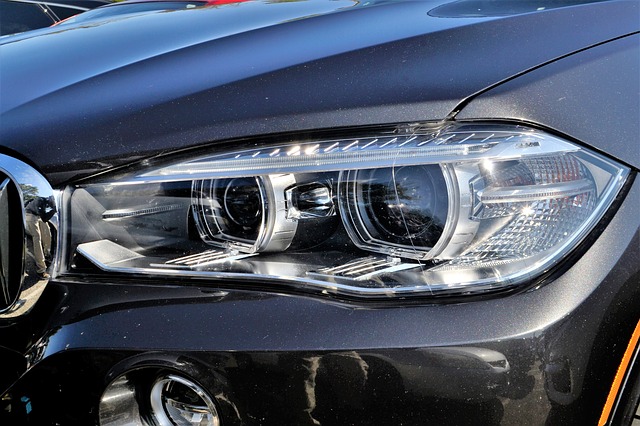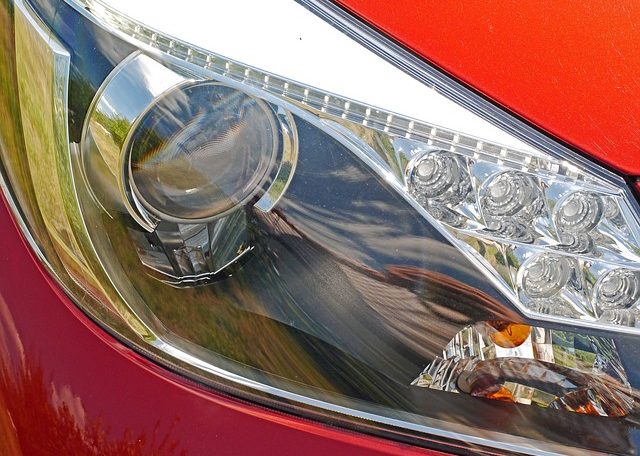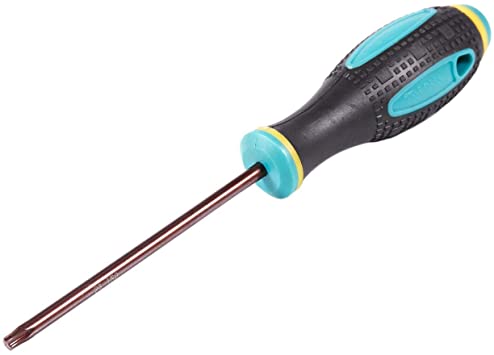A light-hearted look at the pros and cons of DIY lightbulb replacement by David Goodman
By the time you’re reading this, Christmas, the New Year and 2020 will be a distant memory. As we plunge ourselves into the depths of winter, we decided to look at an old favourite – replacing a bulb. And, of course, no bulb blog would be complete without a lightbulb joke to start with. So, here goes:
Q: How many car mechanics does it take to change a light bulb?
A: Two: one to try to force in the wrong bulb and one to replace the broken socket.
Funnily enough, this sometimes isn’t far from the truth except that it’s not usually a trained technician that’s caused the problem but the car’s owner. The simple truth is that car light bulbs can be a right pain to replace, and it’s little surprise that it’s so easy to get wrong!
Have you ever tried to do a simple job that you wish you hadn’t started? Let’s say that your neighbour notices that you only have one brake light working on your car and mentions it to you in the morning. On the way back from work that day, you stop for fuel and notice that they sell car bulbs. You’re not sure which one of the dozen types they sell will fit your car, and imagining
that the cashier is unlikely to know, you spend £7.50 on a selection of blister-packed light bulbs in the hope that at least one of them will be right. Back at home that evening, you get to work on the task of replacing the blown brake light bulb. It shouldn’t take more than a couple of minutes, after all, how difficult can it be? Having identified which side doesn’t work, you set about finding the correct bulb to change.
Squinting through the rear light lens of your car you can see five bulbs inside. One is obviously an amber indicator, one is clear so must be
the reversing light. But that still leaves three bulbs it could be. All you have to do is get the lamp unit out. Now, where’s that owner’s manual? You remember that you mislaid it years ago after a previous attempt to change a headlamp bulb! Oh well, let’s just take out the screws that look like they hold the lamp unit in. Hang on a minute, you’ve got a flat blade and a Phillips head screwdriver but what fits these weird-looking star-shaped screws?
If you’re lucky enough to own a T25 Torx driver, you’ll get the screws out, and then, if you’re on a roll, the lamp unit will release from the car without breaking and expose the lamp holder inside. You see the bulb that looks blown (the glass is all black, luckily) and you twist the bulb out. Among the selection of bulbs you bought, two of them look the same, so you fit one of them. It doesn’t twist in quite as easily as the one that came out, but maybe it’s just because it’s new. You put the light unit back in the car, turn the ignition on and press the brake pedal. The reflection on the garage wall shows that you’ve still only got one brake light working, but now, when you press the brake pedal the rear fog light warning symbol on the dashboard comes on!
At this point, you decide to give up, and the next morning you pop into a garage. Within a minute, the technician identifies that you’ve fitted the wrong type of bulb and it’s shorting the brake light feedback through the fog light wiring. Worse still, you’ve broken the retaining lug in the bulb holder by forcing in the wrong bulb so that even the correct bulb won’t stay in place any more!
We love changing bulbs at Swiftest – but please, just pop in and see us BEFORE attempting to do the job yourself. In many cases, we’ll just charge the cost of the bulb alone and will save you the extra expense of buying tools, wrong bulbs and worse still, a new lamp unit!



